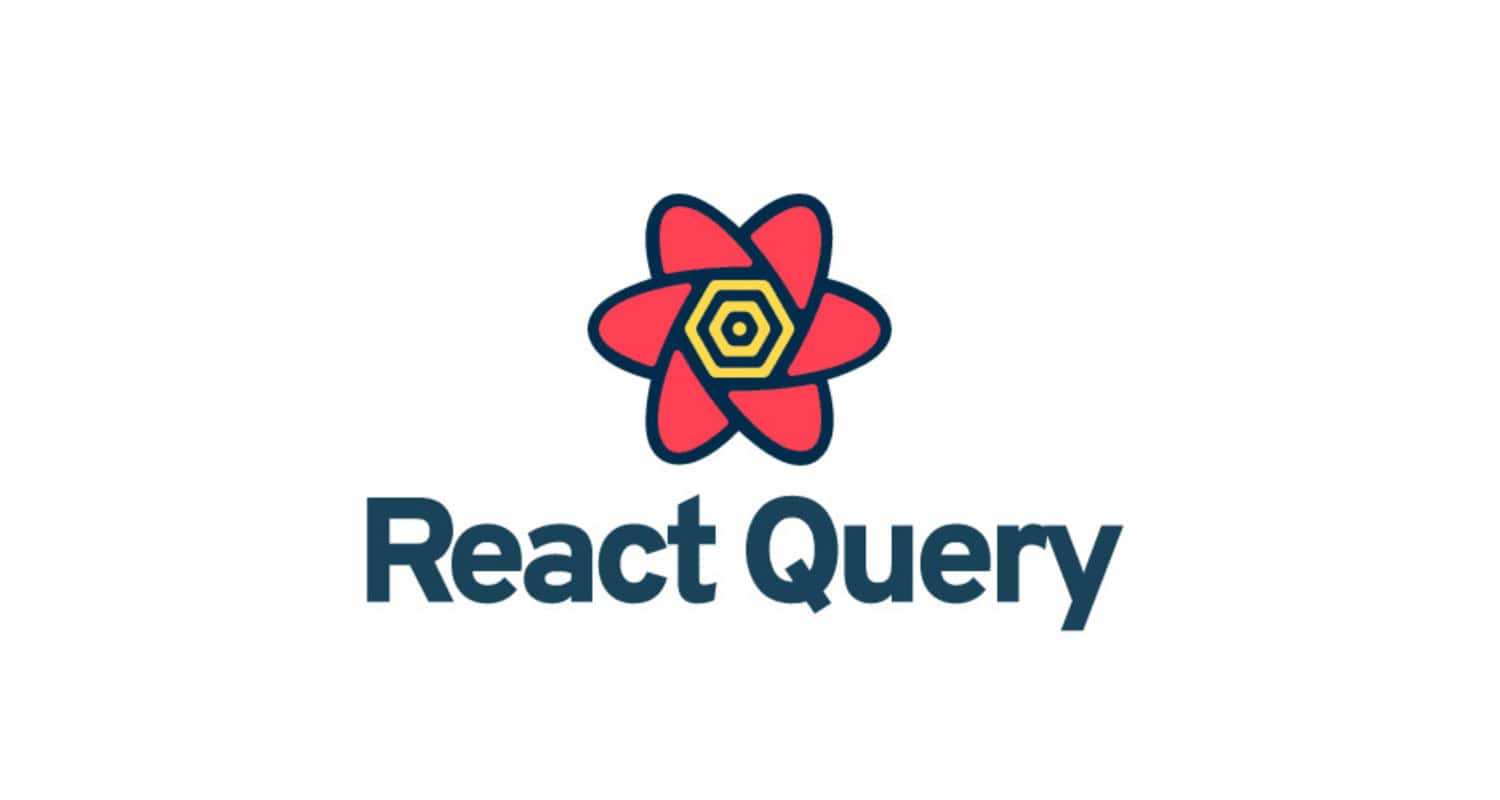For front-end developers, managing state is the biggest challenge when creating React applications. Because React cannot handle the complexity of large apps, some developers turn to React hooks, while others turn to state management frameworks like Redux.
React Query’s exceptional capabilities of data fetching, caching, and asynchronous actions enable your React application to manage data quickly.
The Redux library is extensively used in JavaScript applications to manage state. Redux is typically linked with React to give developers a robust data management solution for React apps, even though it is compatible with any view framework.
In this article, we’ll discuss Redux and React queries to handle the state in more detail.
Table of Contents
Redux vs React Query: What is React Query?
These functions allow you to access React capabilities and states using function components. You can utilize React features without defining a class by using hooks, which don’t function inside classes.

Automated Caching
The ability of React Query to automatically cache and invalidate data depending on query parameters is groundbreaking. This feature ensures that when you do numerous data fetches with precise specifications, React Query will only generate one network request and provide cached results for subsequent queries.
This functionality can significantly enhance Your application’s performance, especially when combined with the stale-while-revalidate approach. It enables a smooth user experience by allowing your React app to display outdated data while simultaneously getting fresh data in the background. With these advanced caching strategies, managing state updates when props change in React becomes more seamless.
User-friendly API
Handling asynchronous tasks, such as updating your data, is made easier using React Query. It puts you in control by monitoring your adjustments’ loading, success, and error states using a notion known as “mutations.”

This feature reduces boilerplate code and makes information updates easier, quicker, and more efficient.
Architecture
React Query is unique among state management frameworks since it prioritizes data query optimization. While tools like MobX and Redux effectively handle the states of a whole application, React Query is specifically made to retrieve and cache API requests swiftly.
Because of this goal, it is an excellent option for applications that need a simple way to boost the speed of data retrieval but also significantly rely on server connection.
What is Redux?
Redux was developed to address a specific problem. It offers a single database for all of your application’s states. The saved state may be accessed by every component independently of one another.

Core Principle
Redux functions are based on a unidirectional data flow in which actions are sent to reducer functions, including Redux Selectors, which alter the application’s state accordingly. An effort must be triggered and allowed to pass through the reducer to modify the immutable “store” object that holds the global app state.
By establishing distinct boundaries between the state management logic and the presentation of components, this strategy makes it easier for you to test and debug your application.
Middleware
Thanks to Redux’s innovative middleware mechanism, actions may be intercepted and modified as they go through the reducer. It handles errors connected to asynchronous APIs and logs.

Redux also includes an extensive library of integrations and plugins, like Redux Thunk, Redux-Saga, and ReSelect, making it the best option for large-scale applications requiring more sophisticated capabilities.
Learning Curve
Redux is a vital tool for state management, but it needs more boilerplate code and has a steeper learning curve than competing tools. It might not be the most excellent option for every application and is also more opinionated.
Comparing React Query and Redux
Now that you have a fundamental grasp of Redux and React Query let’s explore how these frameworks vary.
Operations
One of the main distinctions between Redux and React Query is the scope of functionality. Redux offers a complete client-side state management solution, whereas React Query focuses on data fetching and caching.

So, if you want to maximize the performance of data collecting and caching while keeping a close eye on API requests, React Query should be your first choice. However, Redux could be the best option for more complicated applications requiring significant client-state management capabilities.
Use
Compared to Redux, React Query has a far simpler API and needs less boilerplate code. Nevertheless, Redux’s rigorous unidirectional data flow makes testing and debugging in big applications easier.
Scalability
Scalability tests show that Redux and React Query work effectively in large-scale applications. However, Redux prevails because of its rigid concern separation and middleware structure, which might make managing complex projects simpler.
Size of Bundle
You need to install one standalone package to use React Query. As of 2023, React Query is around 13kB when minified and gzipped.
Redux had to be integrated into a React project using a few different libraries before the @reduxjs/toolkit. At least three libraries must be installed: redux, react-redux, and a middleware (like Redux Thunk or Redux-Saga) for handling async activities.
Only some of the widely used third-party packages in a typical React Redux project, like Immer for normalization or reselect for memorizing, are included in that.
Performance
React Query’s tiny size and focus on data fetching make it seem quicker and lighter than Redux.
That being said, the middleware architecture gives the developer more control over the application’s data flow, and the @reduxjs/toolkit offers fantastic tools for performance enhancement using memoization and normalization schemes.
Nevertheless, it’s critical to recognize that a state management library’s size and capabilities are not the only factors affecting your application’s performance. It also depends significantly on other elements like app complexity and code efficiency.
See Also: How to Test React Context? React Testing Context
Ecosystem and Community
A relatively new library called React Query was introduced in late 2019. On the other hand, it now enjoys a large following among developers and a developing user and contributor community. Conversely, Redux boasts a well-established community of users and creators, having been around since 2015.
You don’t need plugins because React Query is a complete ecosystem solution. On the other hand, Redux offers a vast and developed ecosystem with various plugins and integrations if you choose to use Redux core.
See Also: How to get the current route using React Router
Advantages and Disadvantages of React and Redux
To assist you in selecting the library that best suits your needs, this section lists the advantages and disadvantages of Redux and React Query.
Advantages of React Query
- Quick and light, with an emphasis on data retrieval and caching
- Little boilerplate code and an easy-to-use API.
- Query-parameter-based automatic data caching and invalidation
Drawbacks of React Query
- It is fresh and has a smaller environment and community than other libraries.
- Primarily concerned with data fetching and caching, it might not be appropriate for intricate client state management needs.
Advantages of Redux
- A well-known library with a sizable population and environment
- Enforcing strict unidirectional data flow might facilitate debugging and reasoning about your program.
- You may have more precise control over the data flow in your application with a middleware solution.
- Offers a large selection of accessible integrations and plugins.
Drawbacks of Redux
- Possibly more substantial in size and performance overhead than other libraries
- Perhaps not the best choice for every application, and more opinionated than some other libraries
- Possibly more complex to set up and need a higher learning curve.
Use Cases for Redux with React Query
The following are some scenarios in which you could select one library over the other:
- React Query is the best option if your application depends significantly on data fetching and caching since it provides an easy-to-use, lightweight solution.
- Redux can be a better option if your application requires more intricate state management or more detailed control over the data flow.
- React Query can be the best option if you’re creating a small, straightforward application and want to reduce the amount of boilerplate code.
- Redux can be a better option if you create a more intricate and large-scale application and want a framework with a robust ecosystem.
Conclusion
Two popular libraries that can assist you in managing asynchronous actions, caching, and data fetching in a React application are React Query and Redux. Although they both do these duties well, they take quite different methods.
For state management in some complex applications, Redux is the best option. React Query is ideal for small-to-medium-sized data-driven apps that need dependable and effective fetching and caching.
Redux and React Query each have pros and downsides, and you should weigh them against your application’s needs and the bundle size, speed, and ecosystem of each framework. You must take into account the specific requirements to make an educated decision.
See Also: How to Build React State Management Without Redux?

